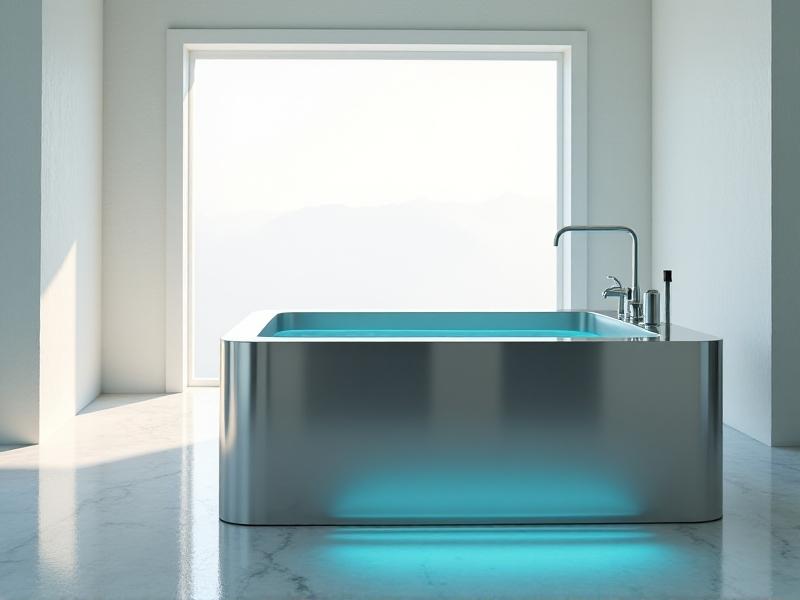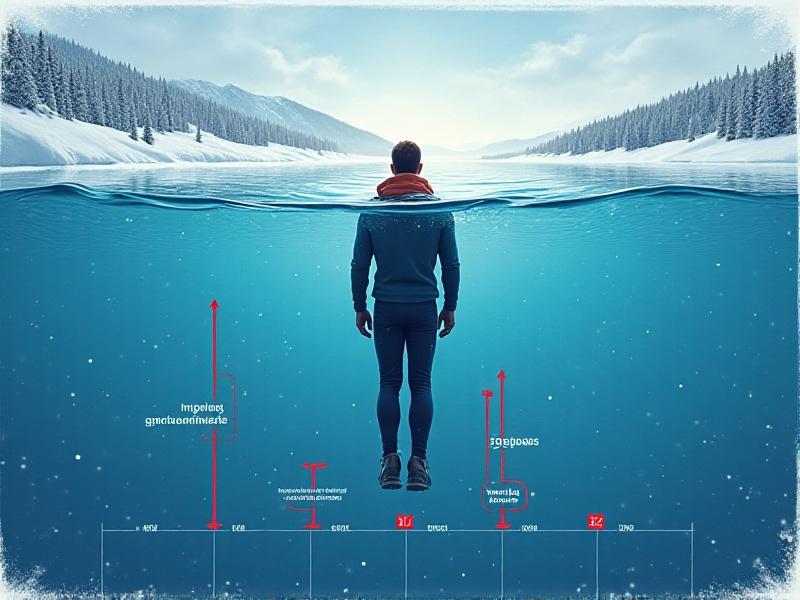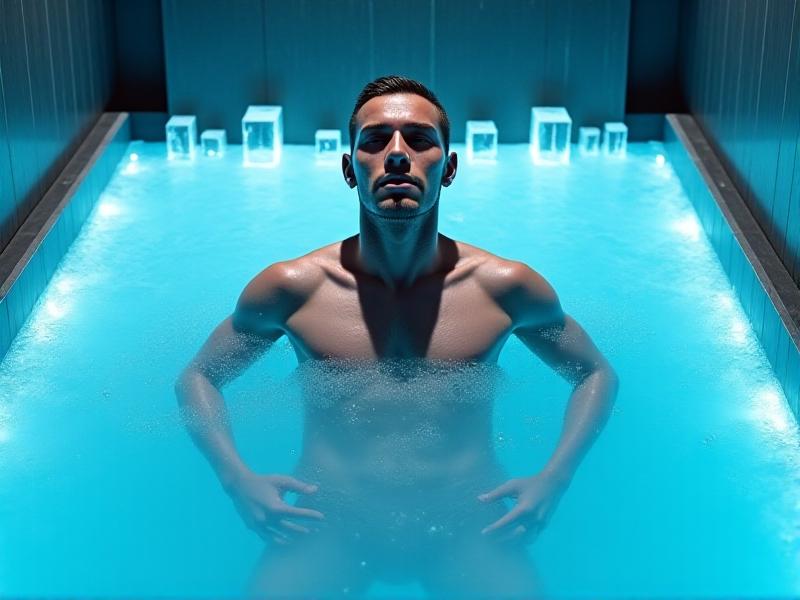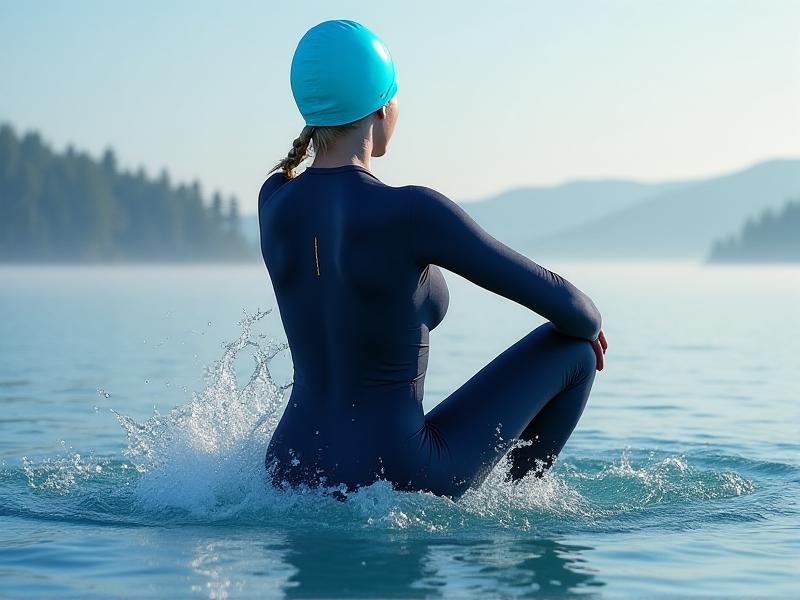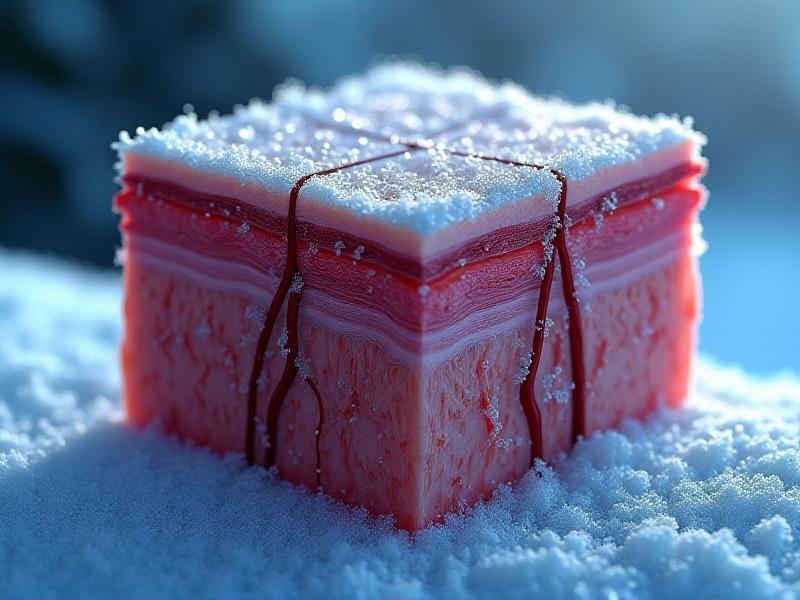Cold Therapy vs Cryotherapy Chamber Efficacy
Understanding Cold Therapy and Cryotherapy Chambers
Cold therapy, a centuries-old practice, involves applying cold temperatures to the body through methods like ice packs, cold baths, or localized cooling devices. Its primary goal is to reduce inflammation, numb pain, and accelerate recovery. In contrast, cryotherapy chambers represent a modern evolution, using liquid nitrogen or refrigerated air to expose the entire body to extreme cold (typically -110°C to -140°C) for 2-4 minutes. While both approaches leverage cold’s physiological effects, their application, intensity, and technology differ starkly.

Mechanisms of Action: How Cold Affects the Body
Exposure to cold triggers vasoconstriction, reducing blood flow to minimize swelling and cellular damage. As tissues rewarm, vasodilation flushes oxygenated blood back into the area, aiding repair. Cryotherapy chambers amplify this effect systemically, shocking the body into a survival response that releases endorphins and reduces pro-inflammatory cytokines. Cold therapy’s localized approach targets specific injuries, while whole-body cryotherapy may enhance systemic recovery by activating neurochemical pathways linked to pain modulation and stress resilience.
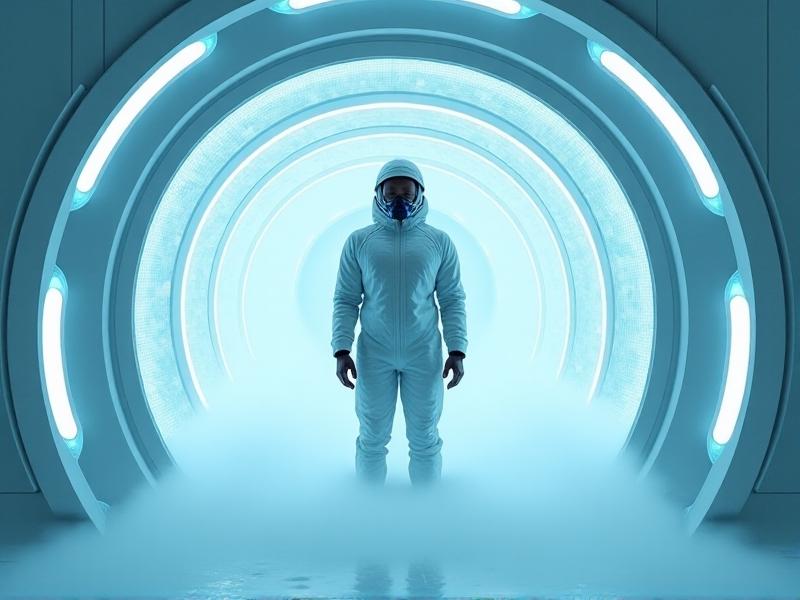
Efficacy in Athletic Recovery and Performance
Studies show both methods improve post-exercise recovery, but cryotherapy chambers may offer faster muscle soreness relief. A 2022 meta-analysis found athletes using cryotherapy regained 80% of muscle function 24 hours sooner than ice bath users. However, cold therapy remains preferred for acute injuries due to precise application. Conversely, cryotherapy’s whole-body approach may boost endurance by upregulating mitochondrial biogenesis, though evidence is mixed. Practicality plays a role: ice baths allow longer exposure (10-15 minutes) versus cryotherapy’s brief but intense sessions.

Impact on Inflammation and Immune Response
Chronic inflammation responds differently to each method. Cryotherapy reduces IL-6 and TNF-alpha by 40% in rheumatoid arthritis patients, per a 2021 Lancet study, while cold therapy’s localized cooling shows limited systemic impact. However, excessive cryotherapy may suppress acute inflammation needed for tissue repair. Emerging research suggests alternating modalities—using ice packs for injury sites and cryotherapy for autoimmune conditions—optimizes immune regulation without compromising healing.
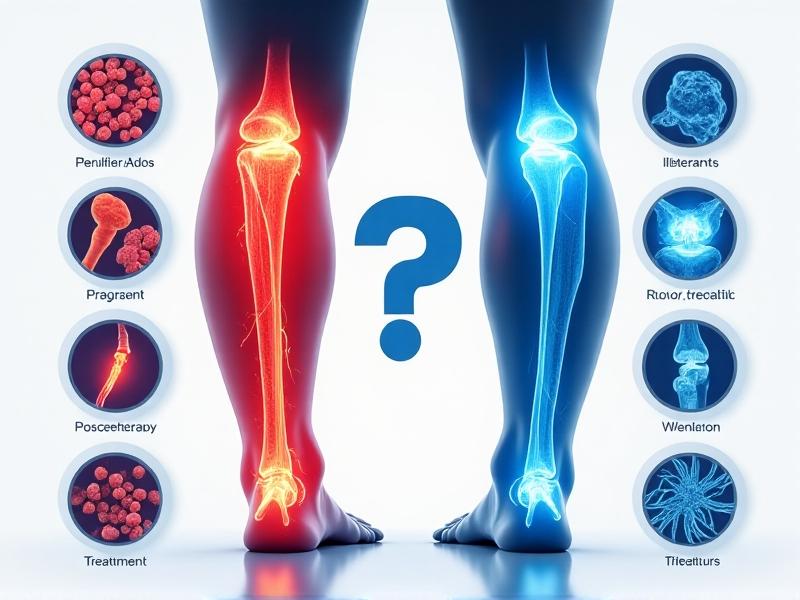
Pain Management: Short-Term Relief vs. Long-Term Benefits
Cold therapy’s analgesic effects peak within 20 minutes of application, ideal for acute pain like sprains. Cryotherapy chambers, however, may provide longer-lasting relief for chronic conditions—fibromyalgia patients in a 2023 trial reported 30% reduced pain scores for 72 hours post-session. Neuroimaging reveals cryotherapy activates the anterior cingulate cortex, a pain modulation hub, suggesting central nervous system adaptation versus cold therapy’s peripheral nerve targeting.
Mental Health and Mood Enhancement
Whole-body cryotherapy stimulates norepinephrine release, improving alertness and depressive symptoms—a 2020 study showed 50% reduced anxiety scores after 10 sessions. Cold therapy’s milder stressor effect still elevates dopamine by 18%. However, cryotherapy’s “shock” factor may benefit those with treatment-resistant depression, while ice baths serve as accessible mindfulness practice through controlled exposure to discomfort.
Accessibility and Practical Considerations
Ice packs and cold baths cost pennies per use but require time and tolerance. Cryotherapy sessions average $60-$100, needing clinic access. Portability favors cold therapy—athletes can use gel packs mid-game. However, mobile cryo units are emerging, and some gyms offer memberships with unlimited sessions. Time-strapped individuals may prefer cryotherapy’s 3-minute protocol versus 15-minute ice baths, though long-term adherence depends on budget and pain tolerance.
Safety Profiles and Potential Risks
Both methods risk frostbite if misused, but cryotherapy chambers add hypoxia dangers from liquid nitrogen leaks—14 incidents reported globally since 2015. Contraindications include Raynaud’s disease (cold therapy) and cardiovascular issues (cryotherapy). Proper protocols matter: NHL teams limit players to 3 cryo sessions/week, while physical therapists recommend 20-minute intervals for ice packs with skin checks every 5 minutes.
Cost Comparison: Budget vs. High-Tech Solutions
DIY cold therapy setups cost under $50 annually (ice, gels, basic tubs). Commercial ice bath tubs range $200-$2000. Cryotherapy membership packages average $200/month, while single sessions hinder budget-conscious users. However, a 2023 JAMA analysis found cryotherapy’s faster recovery times justified costs for professional athletes through reduced injury downtime, saving teams $18,000 per player annually.
Real-World Applications and User Experiences
NBA teams combine modalities—post-game ice baths for muscle groups, cryotherapy before high-stakes games. Conversely, physical therapists often recommend cold therapy for outpatient recovery due to lower risk. Chronic pain sufferers like arthritis patients may benefit from cryotherapy’s systemic effects, while weekend warriors prefer ice packs’ simplicity. Emerging home cryo units (e.g., $4,000 desktop chambers) aim to bridge the accessibility gap but lack clinical validation.
